In tech we've always had evangelists, weither it's for FOSS, or Blockchain or now AI.
It's a natural thing to do. You have a tech you're excited about and of course you want everyone around you to use it. In time, you learn to read people and see they aren't interested and eventually they may consider trying it. But leave them, they will come in their own time.
When the blockchain was doing the rounds especially with NFTs, the tech was being crow barred into everything. It was in funding rounds, and the EU went on the bandwagon too.
We will always have tech hype.
A lack of Respect
AI however this seems to be worse. Not just because of the serious hardware shortages that LLM models are causing. It's what it's doing to people.
About six months ago we had a friend write a pitch to us to consider working with the AI company they just joined. It was proprietary and we do GPL but surely we'd work around that. It also had that AI vibe to it. It wasn't written in that friends voice, and it was just weird. In the uncanny valley.
We pushed back. We said no, and asked that friend not to use AI in communications with us. We've always been fine with understanding their own voice.
The response made us sad. “Surely we wanted our project to be used in the “Real World”, etc, etc.” There was negging. It made us sad. We'd just lost a little more respect for that friend, and other times that friend jumped on the latest bandwagon came to mind. But the lack of respect for the friendship was clear to us. Although at least this time it was in their own voice. Mistakes and all.
It was sad we had to push that. To put that boundary in place where we'd never had to have a boundary before. But the friend kept pushing against that No AI boundary. The manipulation stayed in the communication.
It is a lack of respect to use an AI to draft a response in communications to your friends and loved ones. It is manipulative and you are choosing to not use your voice, your true words, your true thoughts.
Which is devastating. Because it shows that somehow you think you are lacking, you need to use a voice of blandness, stripped of emotion, yet filled with emotionally manipulative language to get us to see your point of view.
The response put me in mind of various bar interactions I had on girls nights out with that guy at the bar. You know the one folks.
The Pickup
The pickup artist. The guy who plays the numbers game. He's not really interested in you as a person. He doesn't respect you enough as a person to get to know you, to be friends. He's not got time for that. He just wants to fuck you.
If you say no, he'll come up with counter arguments to keep pestering you until you give in.
Sometimes it's reasonable. He's so reasonable. He's a nice guy come on, just say yes.
Sometimes it's a “you won't do better, you're being unreasonable”. He'd be so good, such a gentleman, Just say yes. The negging goes hard.
My boundaries are ignored
It takes so much effort to keep saying no.
I just wanted a night out with my friends.
Adventures in FOSS
We're currently creating an AI policy for my project. It will boil down to please don't.
We won't accept LLM code contributions, we do know that some LLMs can be useful. For accessibility affordances. Now I'm going to leave aside the failure in community that means. Because when it comes to alt text, we should all be doing better.
Automated language translations can be a useful tool. Although it does come at the expense of qualified translators who'd like to eat sometime this month doing something they love.
When it comes to code commits though. I want you to know what you're submitting and why. So you need to be sure even the commit messages actually mean what you think they mean.
Take this example where a project had to deal with a 13000 line commit some guy decided to get an LLM to do “As an Experiment.” Even when the guy was asked to stop, he kept going to justify why he was doing it. Why it was such a good thing, and why the project should let him do it and accept the commit.
Oh.
There's that guy, We're not even in the bar.
Even with our own project, we had to say no to a contributor. Who when we told that contributor what our policy was going to be; sent us a long text detailing how AI helped them and why it was a good thing.
Our other contributors, who have used LLMs on occasion went “Cool, we can do that.”
There's the difference. Respect the boundary. When we say no, accept the no.
Don't assume that we don't understand. We do understand. I studied machine learning at university. This current incarnation is not that, the environmental cost of using AI isn't worth that.
The sheer existential crisis the slop is causing to our communications is not worth that. The exploitation of others to clean up AI, and the deliberate engineering of job losses is not worth that.
Even today, I was evangelised at by someone who thinks LLMs are useful. Who is completely ignoring the consent part. Why on earth would I say no to something so useful? See the community at the project is great. They will listen, honestly! Why would you switch off the AI?
Don't be that guy at the bar.
It doesn't matter my reasons for saying No.
I said no. Respect that.
Is there hope?
I read a beautiful piece by Robert Kingett about a writers group that had been infiltrated by a LLM chugging techbro. The violation of putting someone elses words into an LLM to “improve it.”
The piece hit me hard. It reminded me of when I shared a starting stub of an idea. I'd written a small paragraph, it felt raw. I've always liked writing about smells and how the body feels in a moment. I posted it online to our friend group, I asked for some feedback. Some of my friends gave me constructive useful feedback.
Then one day I came home and outside my door was a letter from another friend. He'd taken my work and rewritten it. I was so upset that he'd taken my words and rewritten them in his voice. To make it better. He thought he'd made it better. I was so angry.
It felt like such a violation. I'd not asked him to do that. I'd asked my friends for feedback. Decades later I can still feel that violation. It affected that friendship and broke my trust in him. It hurt, I couldn't forgive him. To be honest, I still haven't forgiven him for that.
So reading Robert's piece about the techbro doing that to another writer reminded me of the anger I felt at that time. How violated I felt. That's the thing about LLM evangelists. They feel it's so useful. More of the general public are evangelising for a technology they don't really understand. Even our technical press is trying for balance, with puff pieces for AI one day, and publishing pieces about the harm the next.
To the LLM bros, It doesn't matter about the violation to friendships, to artists, to Free Software Projects or ultimately the living biosphere. It's about what's useful to them. There's no space for emotion or beauty. Just bland status quo politeness. I want to tear it all down.
Beauty can be savage, unforgiving. It's not safe. It's not perfect. Beauty is not a bland lawn of astroturf with no weeds. Beauty is that piece of wild forest and meadow with wildflowers. There are no weeds. Don't let the LLM bros peddle that cold, lifeless ideal.
What Kingett did next is beautiful. It's rebellion built around community and the community grows. Go read it now.
We can choose to not give in to the LLM bro's idea of our bland polite future. We can choose to state and enforce our boundaries. Make them unequivocal. Then when someone chooses to not respect that boundary, you can show them the door and put them through it. Not for ever using the LLM, but for insisting they must use it and keep using it in their interactions with you.
They are violating your consent. You can kick them out.
They ignore the fact that No, means No.
They are being that pickup artist at the bar.
So give no quarter.
Editors Note:
You can Support Robert's writing here:
https://sightlessscribbles.com/support/
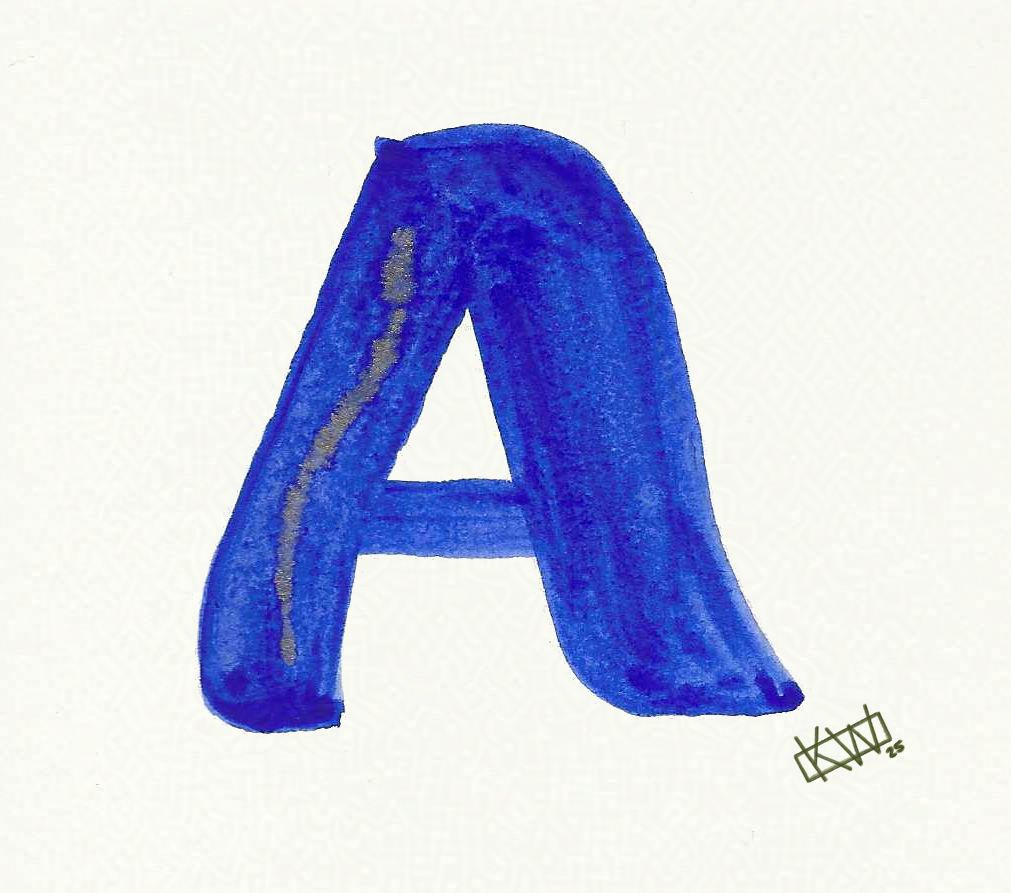
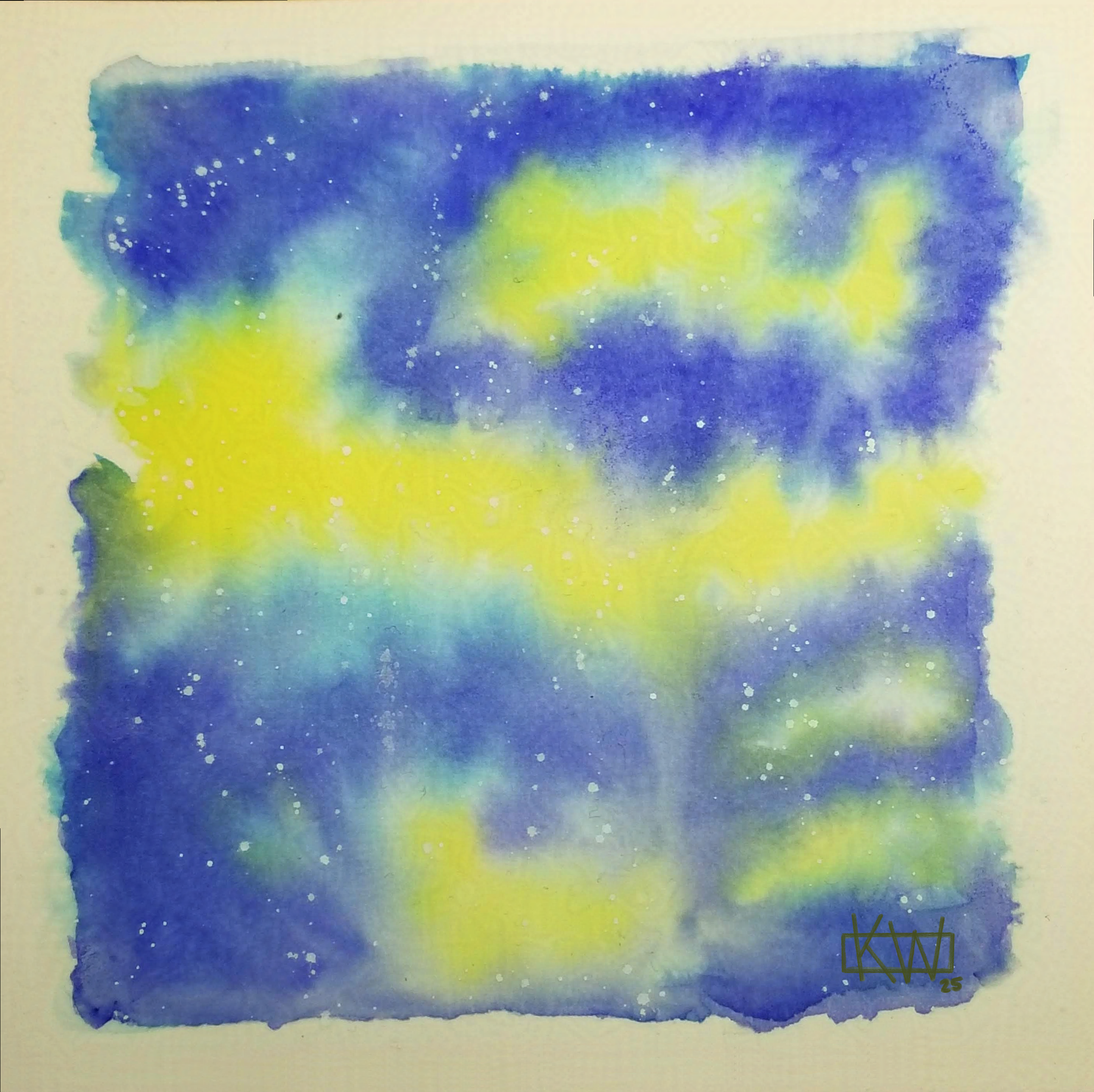 A is for Aurora Borealis
A is for Aurora Borealis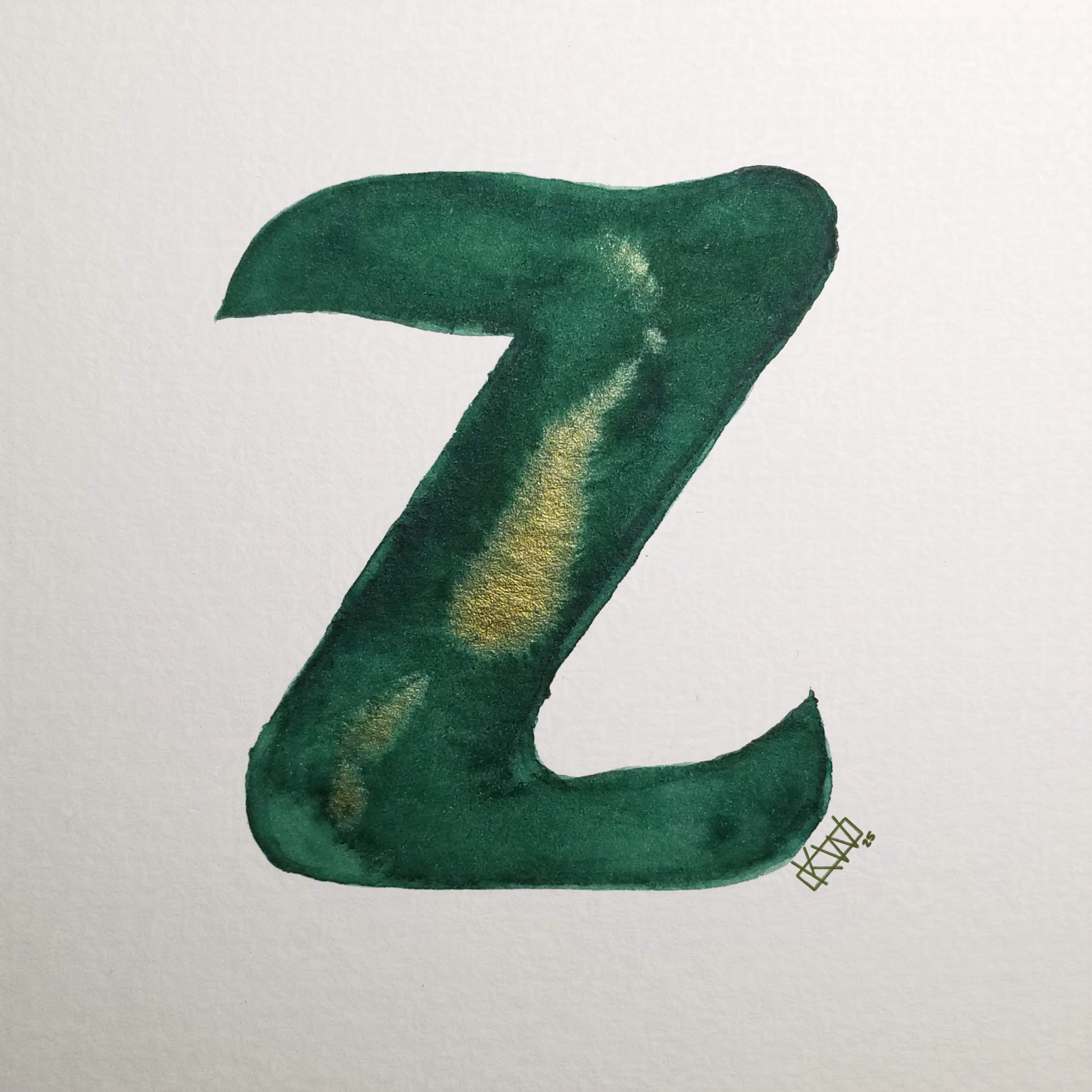
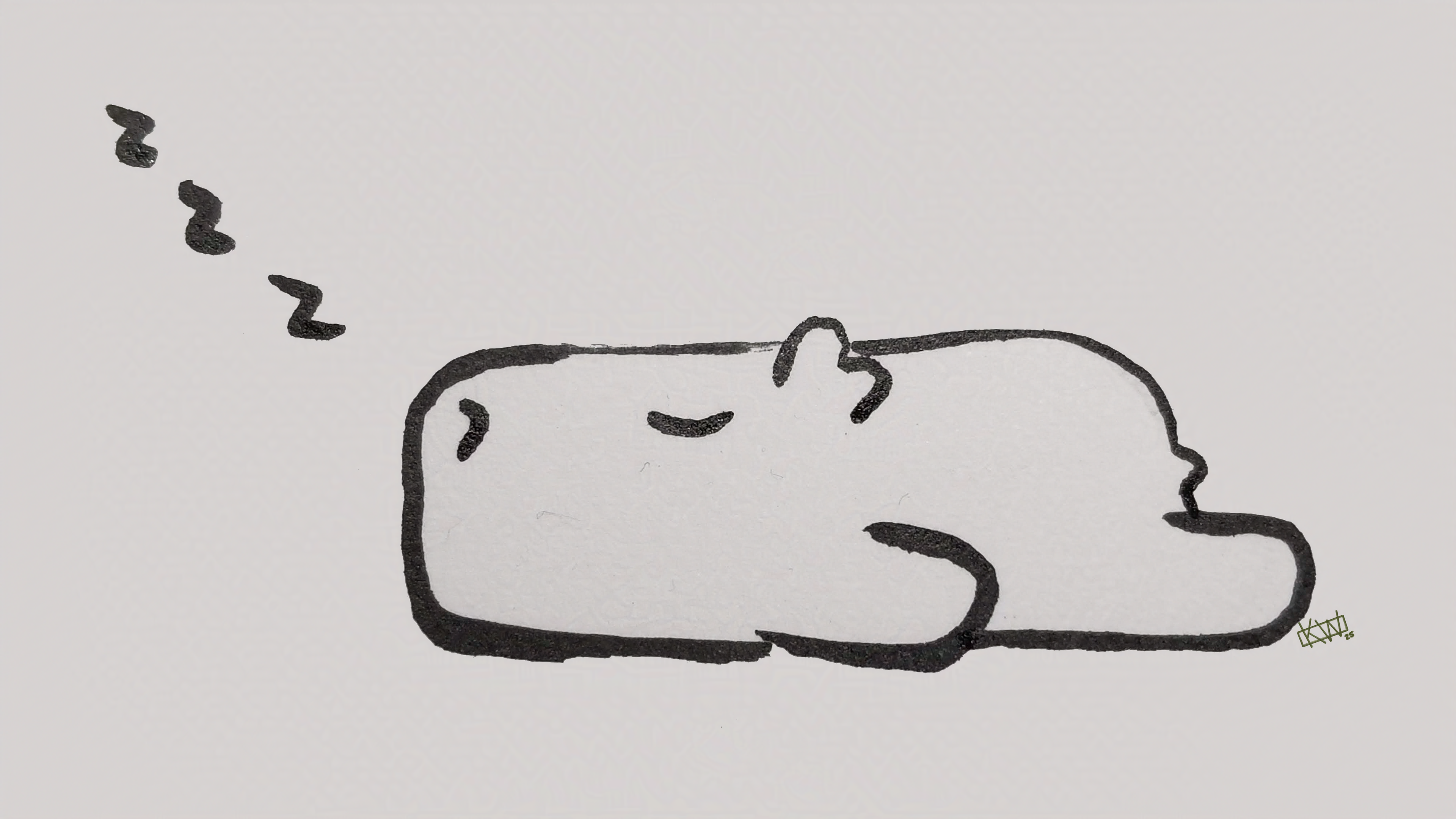 Z is for zzz
Z is for zzz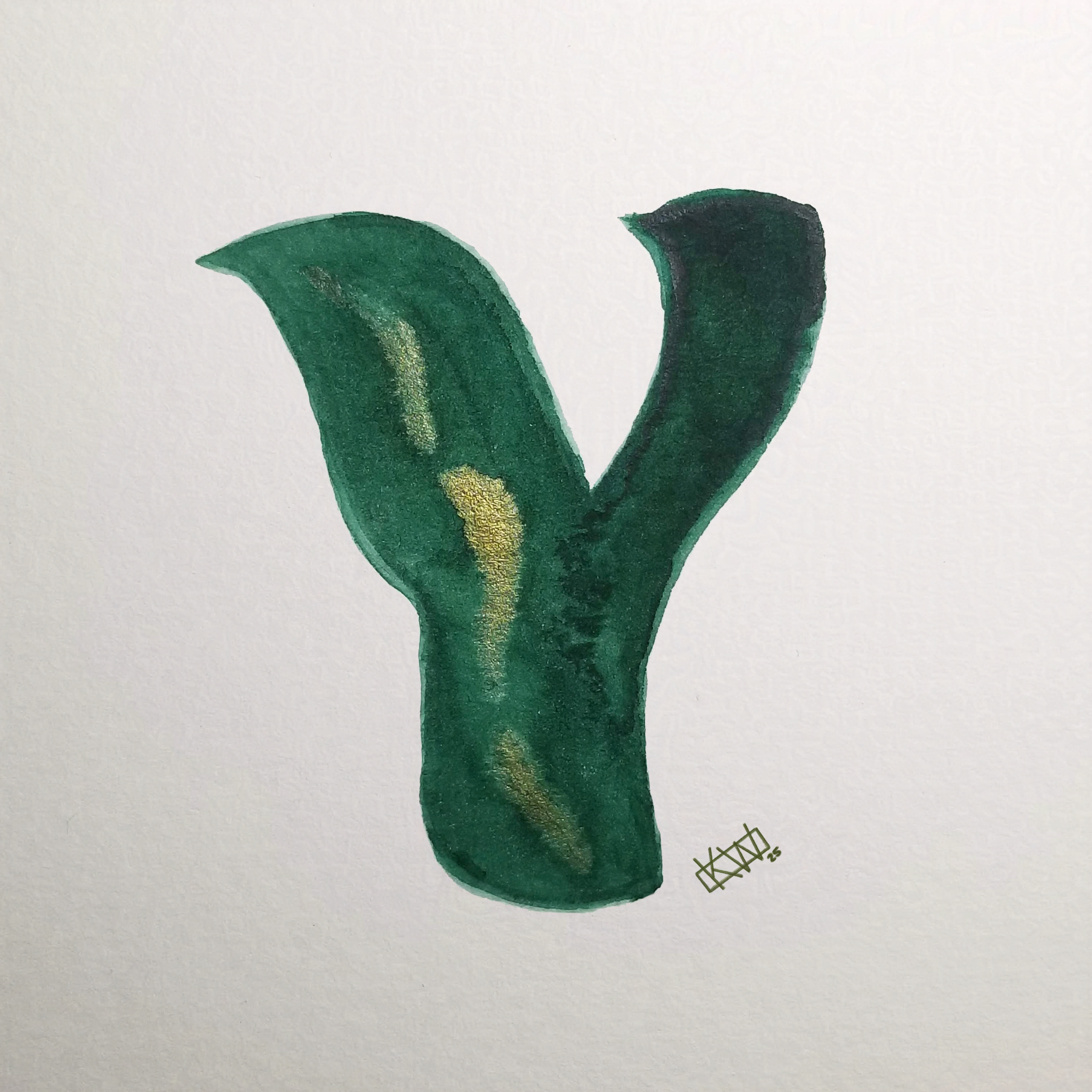
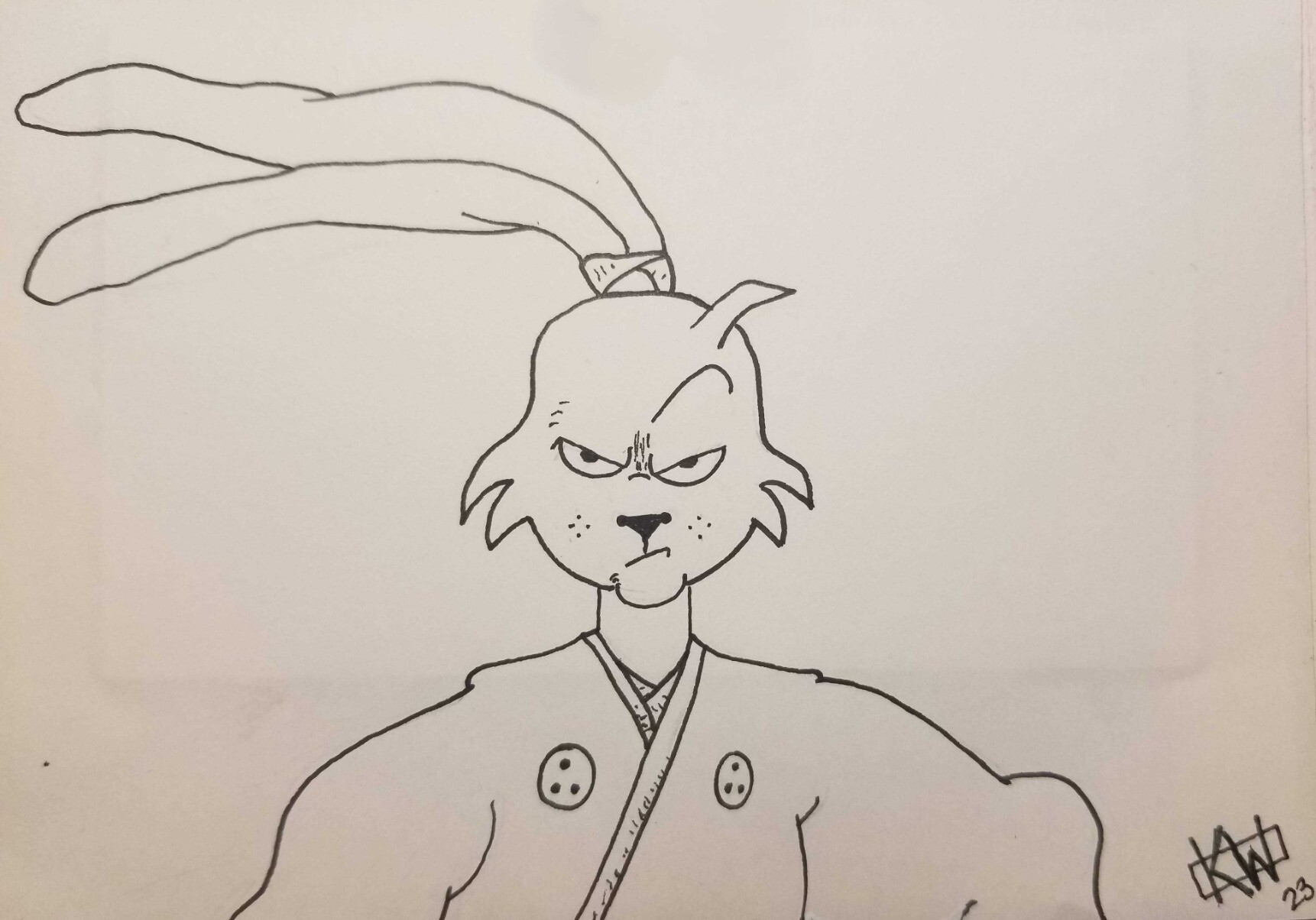 Y is for Yojimbo
Y is for Yojimbo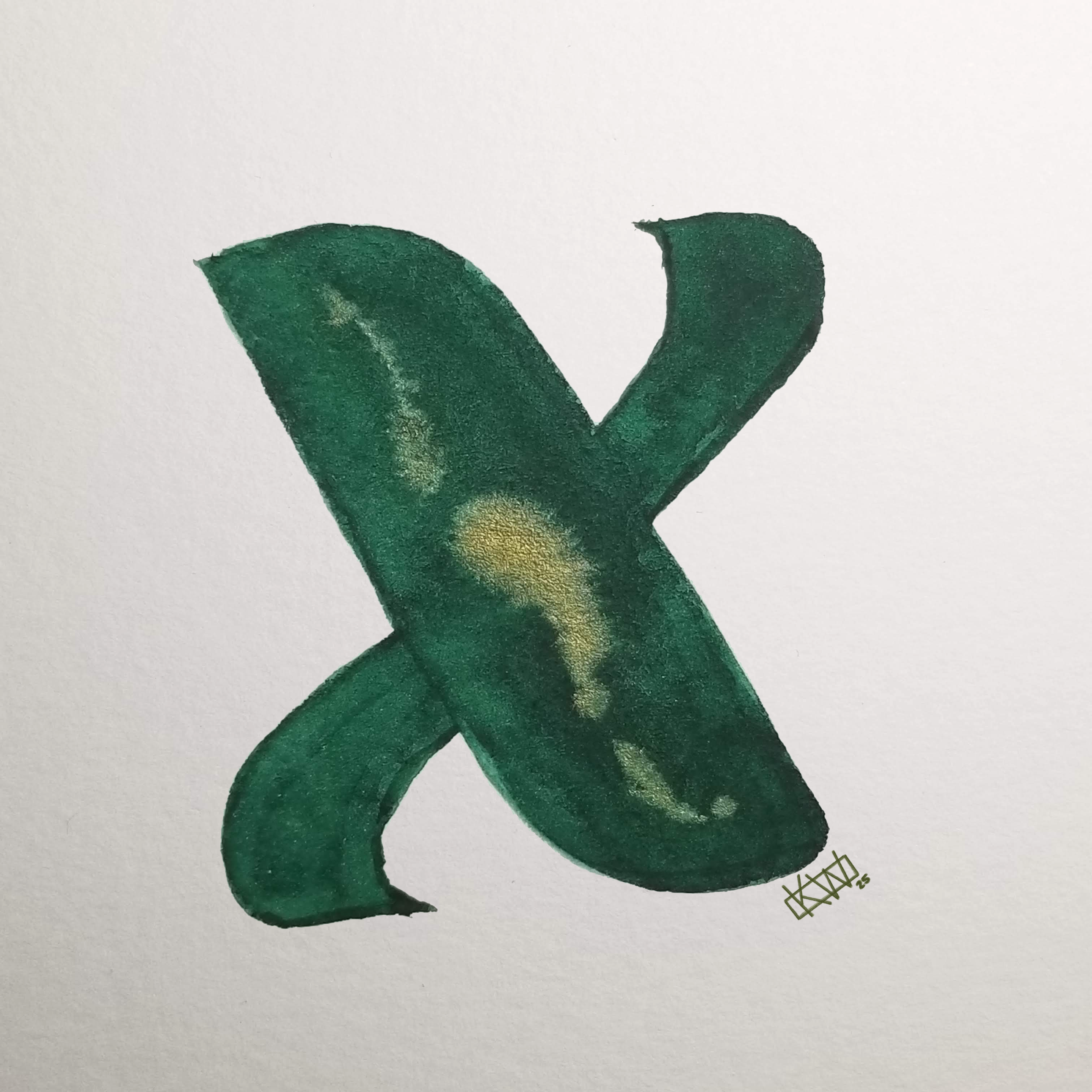
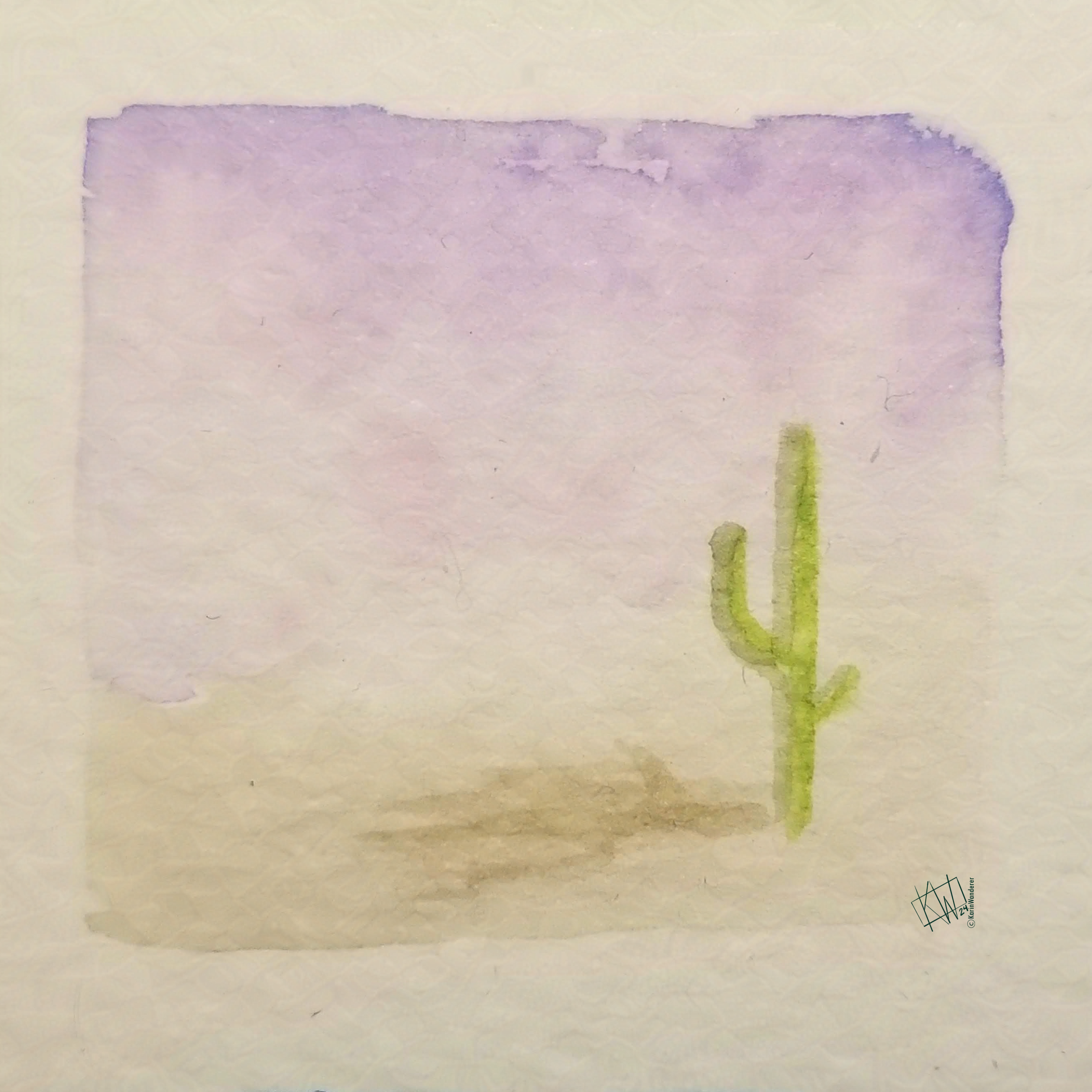 *X is for Xeriscape *
*X is for Xeriscape *